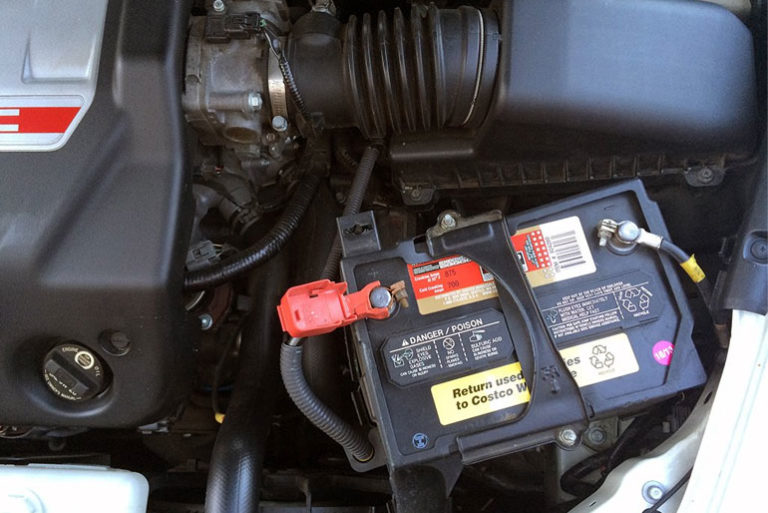

The starting battery (SLI starting lights ignition) is designed to deliver quick bursts of energy (such as starting engines) and therefore has a greater plate count. The two main types are starting (cranking), and deep cycle (marine/golf cart). Just remember that you're messing with corrosive acid, explosive gases and hundreds of amps of electrical current.īasically, there are two types of lead acid batteries (along with three sub categories). When doing electrical work on vehicles, it's best to disconnect the ground cable. If you don't feel the need to make a fashion statement, just wear junk clothes-after all, polyester is still out of style. Polyester isn't affected by sulfuric acid, but anything with cotton will be eaten up. Heck, you could even break out your disco outfit. That was no fun, and would have been a good time to use those safety goggles hanging on the wall. We have seen several instances of batteries blowing up and drenching everything in sulfuric acid. (After all, you wouldn't want to melt your watchband while you're wearing it!) The hydrogen gas that batteries make when charging is very explosive.

You must think safety when you're working around, and with, batteries. CCA, CA, AH and RC what's that all about?.Wet Cell, Gel-Cell and Absorbed Glass Mat (AGM).So where did the sulfur go? It's resting on the battery plates so that when you recharge the battery, the sulfur returns to the electrolyte. If your reading is low, that means the chemistry that makes electrons is lacking. When you test a battery with a hydrometer, you are measuring the amount of sulfuric acid in the electrolyte. This solution is called electrolyte, which causes a chemical reaction that produces electrons. The lead acid battery is made up of plates, lead, and lead oxide (various other elements are used to change density, hardness, porosity, etc.), with a 35% sulfuric acid and 65% water solution. I suggest you read the entire tutorial however, I've indexed all the information for easy reference. If you can grasp the basics, you'll have fewer battery problems and will gain greater battery performance, reliability and longevity. If your unable to maintain the battery with an battery charger you can extend your battery life by hooking it up to a solar charger during the off months. Life span depends on usage and depth of discharge-usually 6 to 48 months-yet only 30% of all batteries actually reach the 48-month mark. Today recreation vehicles use their rv batteries to power inverters up to 4000 watts.Īverage battery life has become shorter as energy requirements have increased. It wasn't long ago when trailers or motor homes had only a single 12-volt house battery. All these electronics require a reliable source power, and poor battery condition can cause expensive electronic component failure.ĭid you know that the average auto has 11 pounds of wire in the electrical system? Look at RVs and boats with all the electrical gadgets that require power. Present day vehicle or powersport vehicle battery power requirements are huge considering all the stock electrical devices that must be supplied with power. If you keep taking out and putting nothing back, you'll have nothing left. The same chemical principle that's being used to store energy is basically the same as our great grandparents used.Ī battery is like a piggy bank. The lead acid battery has been used commercially for over 100 years. This means I may generalize a bit, while staying true to purpose. I have found that battery data will vary somewhat from manufacturer to manufacturer, so I will do my best to boil that data down.

I'm going to attempt to explain how lead acid batteries work and what they need, without burying you with a bunch of needless technical data. You've most likely heard the term KISS (Keep It Simple, Stupid). At BatteryStuff, we aim to clear that up a bit. If you have done any research on how batteries work or what you should look for when selecting the best high performance battery, you're probably buried in information, some of which is conflicting.


 0 kommentar(er)
0 kommentar(er)
